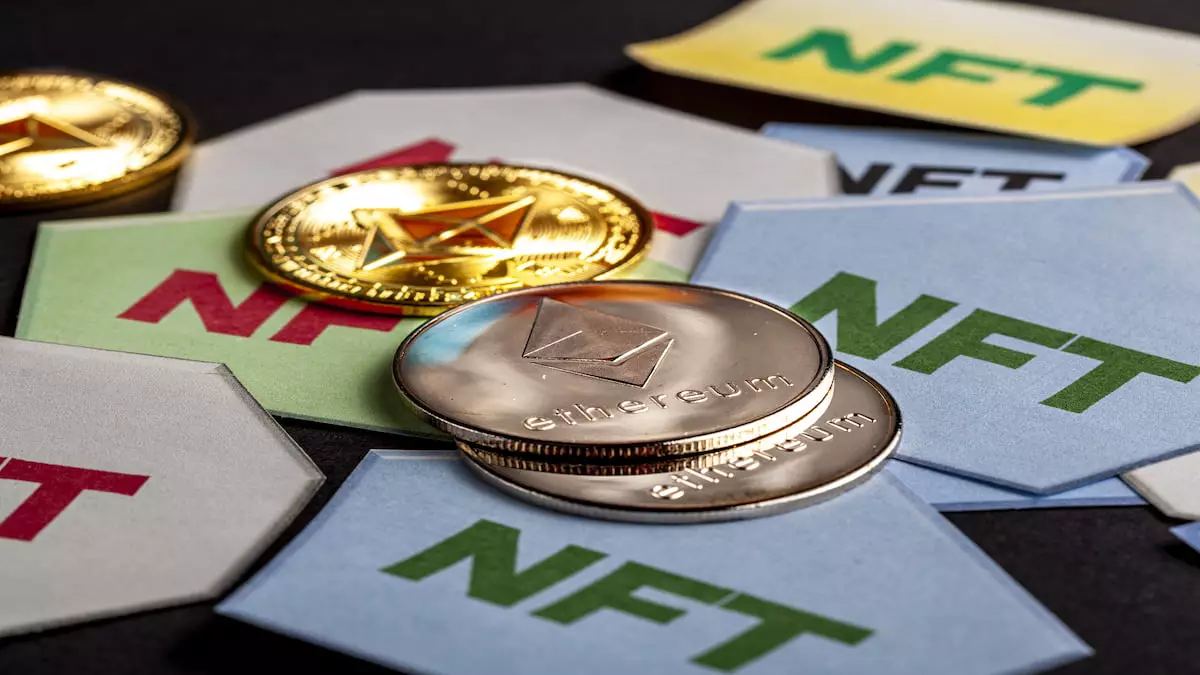The emergence of non-fungible tokens (NFTs) has brought about a need for continuous innovation and enhancement in the technology that supports them. One of the significant advancements in this realm is the ERC-7231 token standard. This standard aims to revolutionize NFTs by introducing new features and functionalities that can reshape the NFT landscape.
The Core of ERC-7231
ERC-7231 serves as an extension of the well-known ERC-721 token standard. For those who are not familiar with ERC standards, they represent a set of regulations and recommendations for creating both fungible and non-fungible tokens on the Ethereum blockchain. While ERC-721 established the groundwork for most existing NFTs, ERC-7231 goes a step further by introducing the idea of identity binding. This groundbreaking concept allows for the secure linking of multiple Web2 (traditional internet accounts) and Web3 (blockchain-based) identities to a single NFT.
The significance of ERC-7231 in the world of NFTs cannot be overstated. This new token standard enables a single NFT to contain verified information from various online platforms such as Twitter, LinkedIn, Discord, and on-chain wallets. Such integration results in more reliable and robust representations of an individual’s online identity. Moreover, ERC-7231 facilitates greater interoperability across different platforms by eliminating the need for managing multiple accounts and identities.
ERC-7231 has far-reaching implications and benefits beyond traditional NFTs. With Soulbound Tokens (SBTs) leveraging ERC-7231, users can now transfer essential information like professional certifications, gaming accomplishments, or community contributions seamlessly across diverse platforms. This portability ensures that users’ hard-earned credentials and achievements can be effortlessly carried over to new projects and communities, eliminating the need for repeated validations.
User Control and Data Security
In contrast to conventional Web2 models where user data is often exploited without consent, ERC-7231 places users in control of their identity information attached to the NFT. This user-centric approach grants individuals greater ownership over their personal data, aligning well with the decentralized nature of blockchain technology. By empowering users to dictate the usage of their identity information, ERC-7231 offers a secure and privacy-conscious solution for managing personal data.
Potential Use Cases and Future Prospects
The versatility of ERC-7231 extends beyond NFTs, opening up a plethora of potential use cases. These include targeted airdrops to holders of specific SBTs, secure access to Web3 platforms based on verifiable credentials stored as SBTs, and the enhancement of credit scoring models through the integration of on-chain activities and reputation. With CARV, a leading Web3 data infrastructure company, driving the adoption of ERC-7231, the future looks promising for this innovative token standard.
ERC-7231 represents a significant leap forward in the realm of NFTs, offering a transformative approach to digital identity and user data management. By allowing the integration of multiple identities into a single NFT, ERC-7231 delivers a secure, portable, and user-controlled solution for handling personal information. As this standard gains traction within the Web3 space, we can anticipate a surge in its adoption and the emergence of new avenues for innovation in the NFT ecosystem.


Leave a Reply